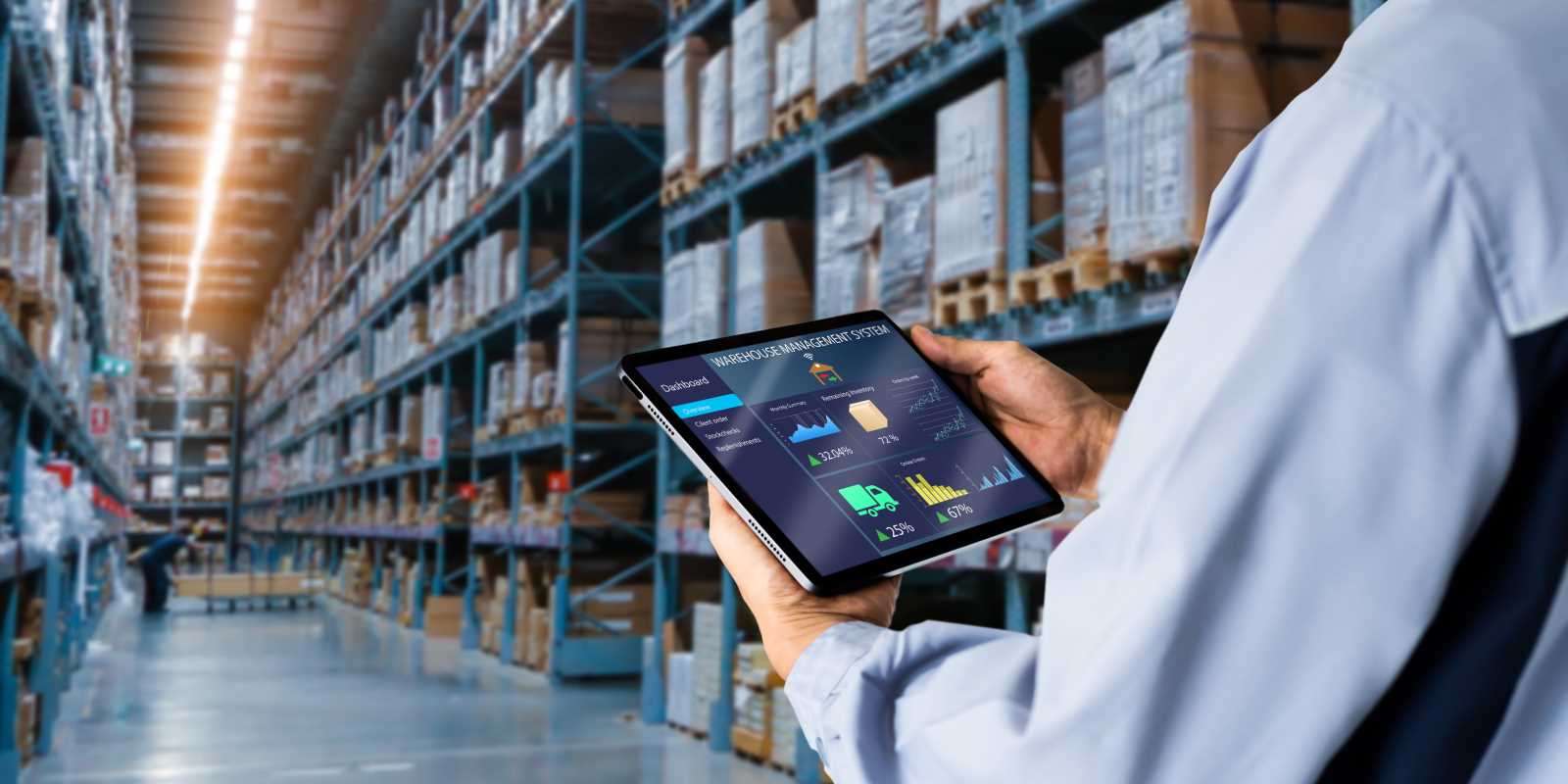Think about stepping into a classroom where every lesson feels uniquely designed to match your learning style, pace, and current level of understanding. This personalized approach to education may sound like a futuristic dream, but it's already a reality thanks to adaptive learning software. These innovative digital tools are transforming the educational experience by allowing teachers to customize instruction and students to take more control over their learning journey. Instead of a one-size-fits-all curriculum, learners now receive targeted content that evolves with their progress. By leveraging real-time data and intelligent algorithms, adaptive learning platforms are making education more efficient, inclusive, and engaging than ever before.
What is Adaptive Learning Software?
- Personalized Learning Paths: Adjusts the curriculum based on individual student performance and understanding.
- Real-Time Feedback: Provides instant responses to student inputs, helping them understand concepts immediately.
- Data-Driven Insights: Collects and analyzes data to identify strengths and areas needing improvement.
- Engaging Content: Uses interactive materials like videos, quizzes, and games to keep students interested.
- Flexible Pacing: Allows students to learn at their own speed, ensuring they fully grasp each topic before moving on.
Benefits in Modern Classrooms
Adaptive learning software brings a host of advantages to current educational environments. One of the most significant benefits is the ability to cater to diverse learning styles. A student who learns best through visual aids, hands-on activities, or reading can find that adaptive software adjusts the content to fit their preferences, enhancing comprehension and retention.
This approach creates a more inclusive classroom by supporting students with varying academic needs. For instance, those who struggle with traditional teaching methods can receive additional resources and tailored instruction, while advanced learners can tackle more challenging material without feeling held back. This personalized approach boosts individual performance and creates a more harmonious and supportive classroom dynamic.
How It Works
- Assessment: The software begins by assessing each student's current knowledge and skills through quizzes and interactive activities.
- Data Analysis: It analyzes the collected data to identify patterns in the student's learning behavior and areas that need improvement.
- Personalized Content Delivery: Based on the analysis, the software delivers tailored lessons and resources that address the student's specific needs.
- Continuous Feedback: As students engage with the material, the software provides real-time feedback, helping them correct mistakes and understand concepts better.
- Progress Tracking: Teachers can monitor each student's progress through detailed reports, allowing them to adjust their teaching methods accordingly.
Challenges and Considerations
While adaptive learning software offers numerous benefits, it does present some challenges. One major concern is the initial cost and ongoing maintenance required for implementing such technology in schools. Smaller institutions or those with limited budgets might find it difficult to afford high-quality adaptive learning platforms, potentially widening the educational gap.
Another consideration involves the need for proper training for educators. Teachers must understand how to effectively integrate the software into their teaching methods and interpret the data it provides. Without adequate training, they might not fully realize the potential of adaptive learning tools, leading to underutilization and frustration among both teachers and students.
Future of Education with Adaptive Learning
The future of education looks promising with the continued advancement of adaptive learning technologies. An exciting prospect involves the ability of these tools to enhance customizing education in real-time, ensuring that every student receives the support they need precisely when they need it. As artificial intelligence and machine learning evolve, adaptive learning software will become even more sophisticated, offering deeper insights and more refined personalization that can keep up with the unique pace and style of each learner.
The integration of adaptive learning into various educational settings—from elementary schools to higher education—can help bridge gaps in access and quality of education globally. By providing scalable solutions that cater to individual needs, adaptive learning software has the potential to make high-quality education more accessible and effective for students everywhere.
Adaptive learning is revolutionizing education by making it more personalized and effective, offering students the support they need to thrive in a fast-changing world.
 (Image via
(Image via





